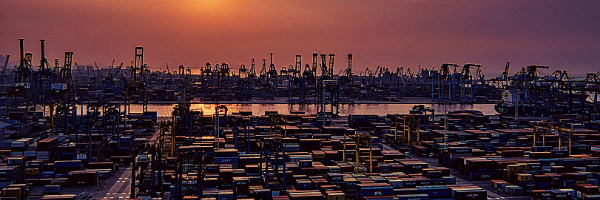With the rise of COVID-19 impacting all our lives, the first half of 2020 has been six months like none other in history. Ultimately, the coronavirus has caused many of us to completely rethink our lives and how we interact with our loved ones. For those fortunate enough to still be employed, it has challenged us to communicate with our customers, suppliers, and co-workers in different ways than ever before.
Now take a step back and think about international trade. Consider all the other factors, besides the pandemic, that companies are currently dealing with and will continue to confront for years to come. In the case of China, which for years has been America’s number one trading partner, we are in the throes of a two-year old trade war, rising production and transport costs, as well as risks associated with Corporate Social Responsibility.
All these factors are leading many firms to adopt a China+1 strategy to diversify their supplier base and reduce supply chain risk. For example, organizations are looking to countries in Southeast Asia like Vietnam and Malaysia to supplement their supplier base and diversify their access to merchandise. While there are many benefits to this strategy, it is not as easy as flipping a switch. China has become a manufacturing powerhouse over the past 25 years due to its skilled labor force, infrastructure, and production capacity, and those capabilities are not easy to match.
Over the next several years, China+1 will become an important strategy for companies that are currently 100% reliant on Chinese suppliers. Southeast Asian countries are scrambling to build infrastructure, increase their skill set, and add production capacity to compete on the global stage with China. Along with reduced tariffs and lower labor costs, these upgrades will benefit companies that kick off their China+1 strategy now.
Of course, no individual company can “go it alone” and U.S. importers should take advantage of their existing supply chain eco-systems to understand every facet of doing business in SE Asia. One such resource is the freight forwarder and customhouse broker community that provides logistics and customs clearance services to importers. 3PLs are a great source of market intelligence, Best Practices and local know-how, and can provide invaluable insights to importers as they research and execute upon their China +1 strategy.
On Thursday, July 9th, Dan Gardner, President of Trade Facilitators, Inc., and Pegasus Logistics Group are hosting a free live webinar on this topic regarding the China +1 Strategy. If you’d like to know more, please contact your Pegasus representative or email us at info@pegasuslogistics.com.


